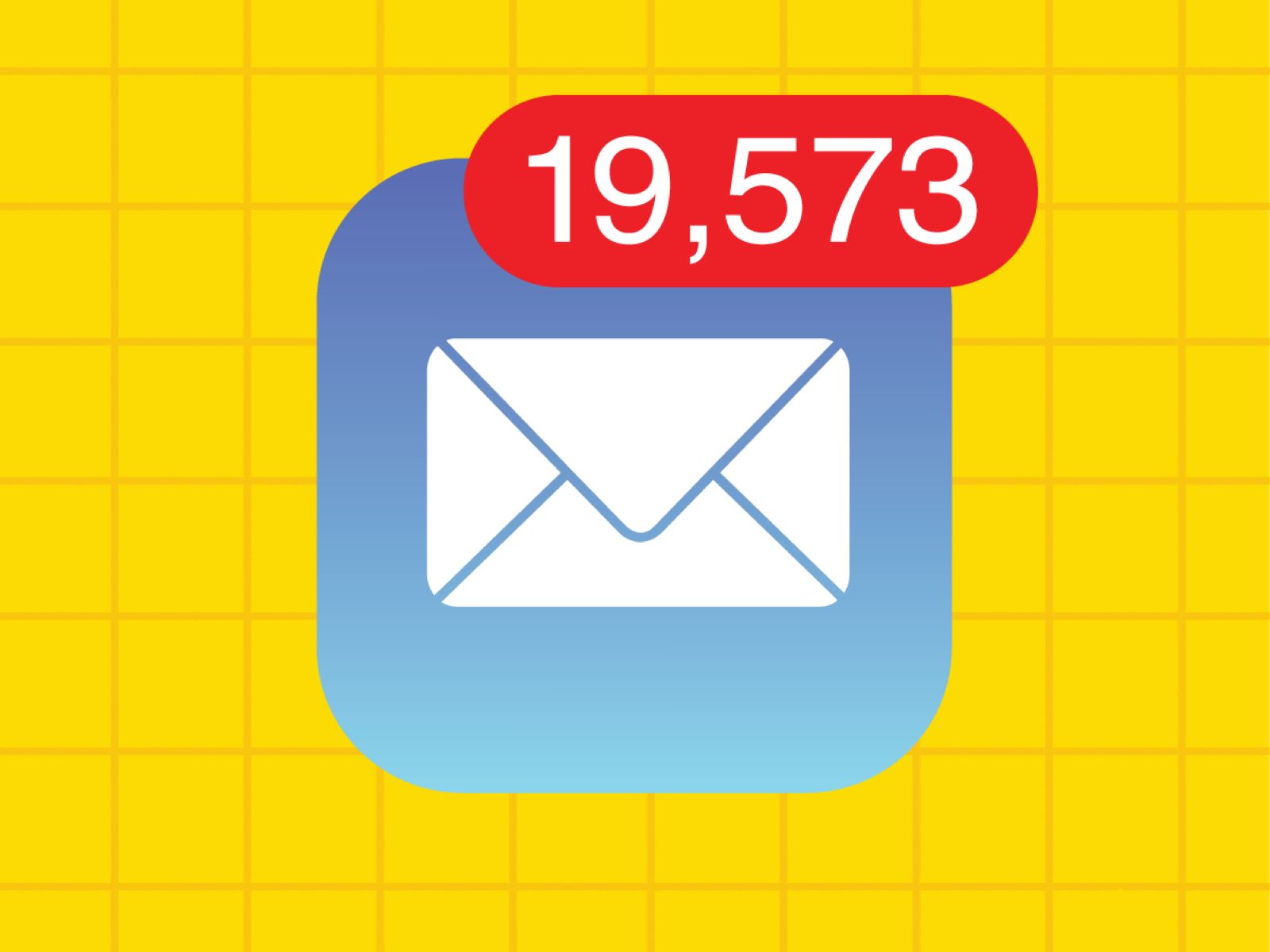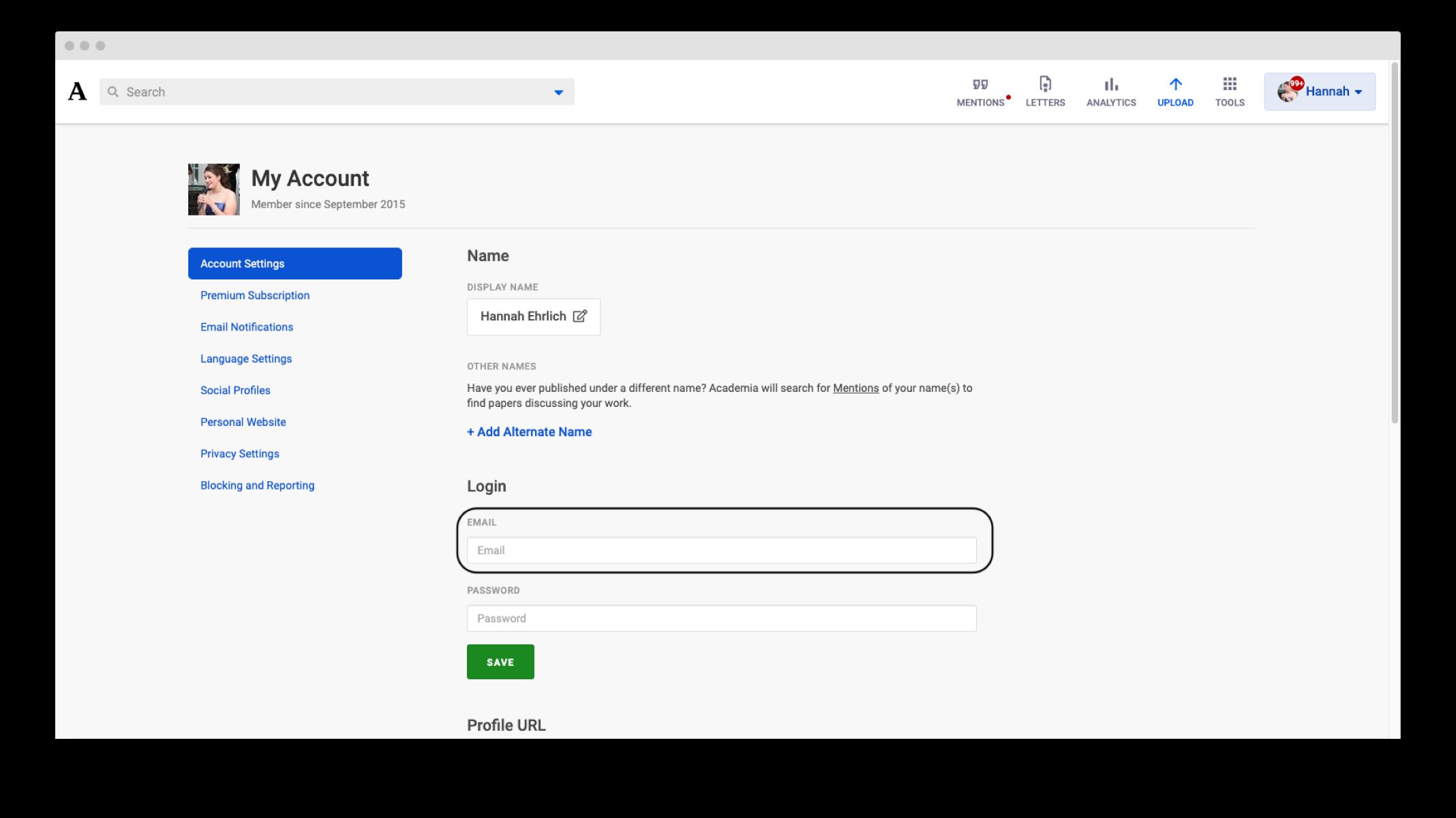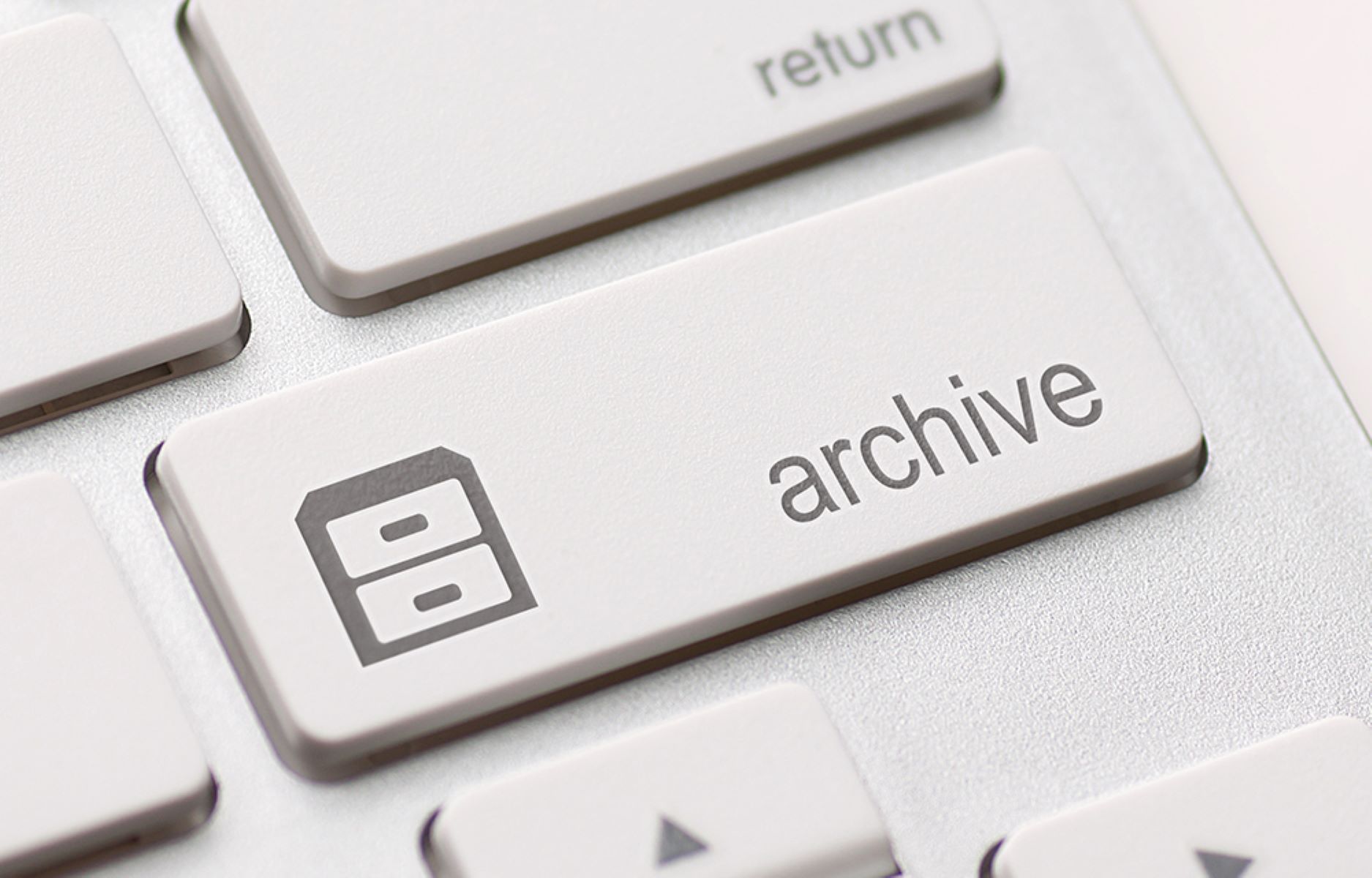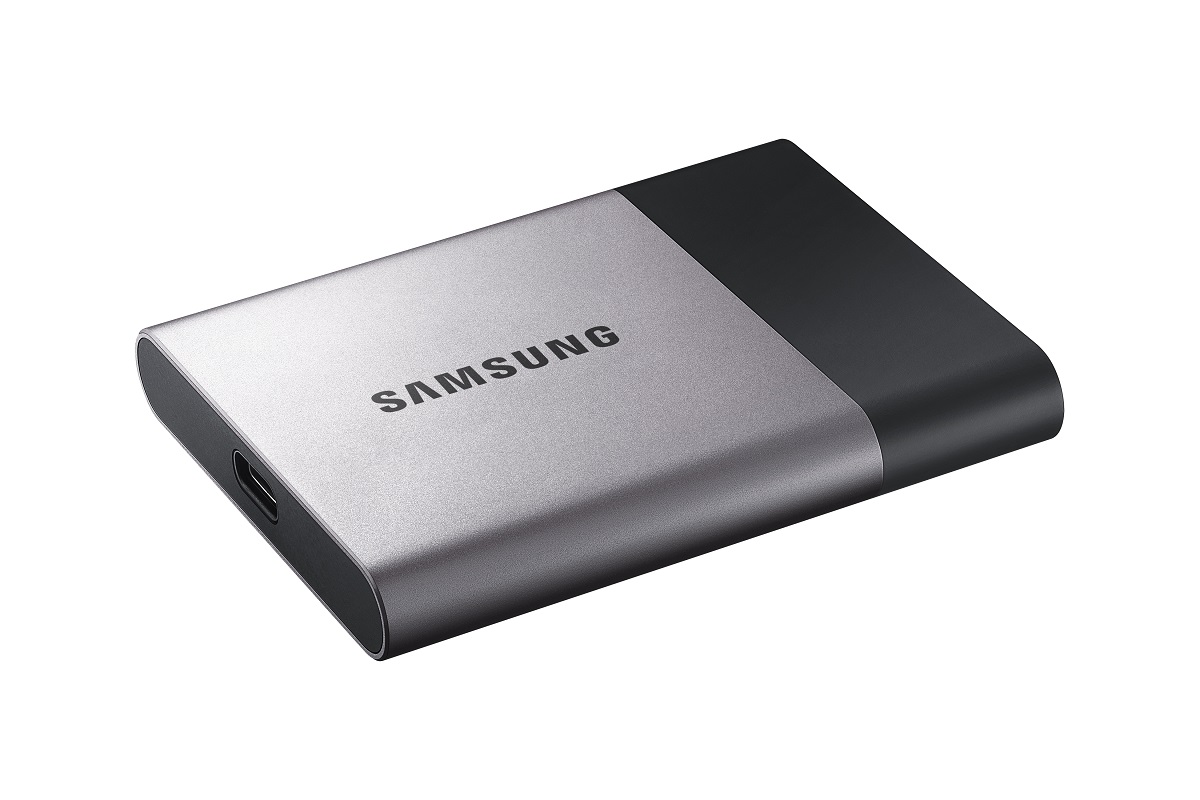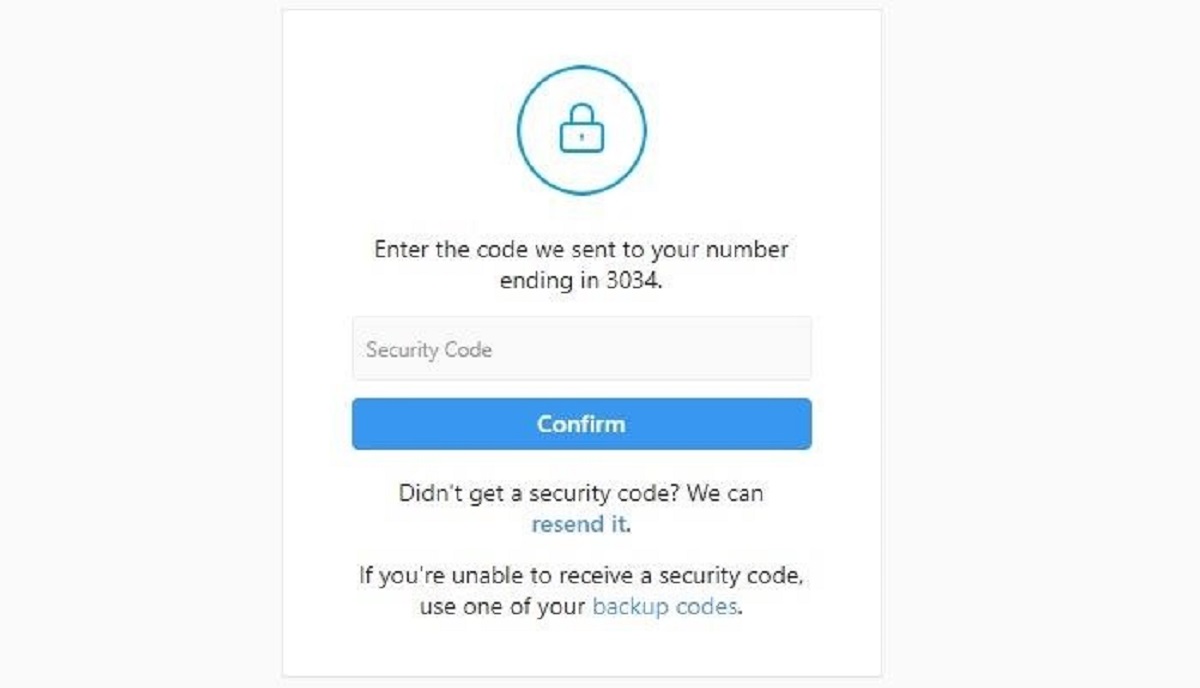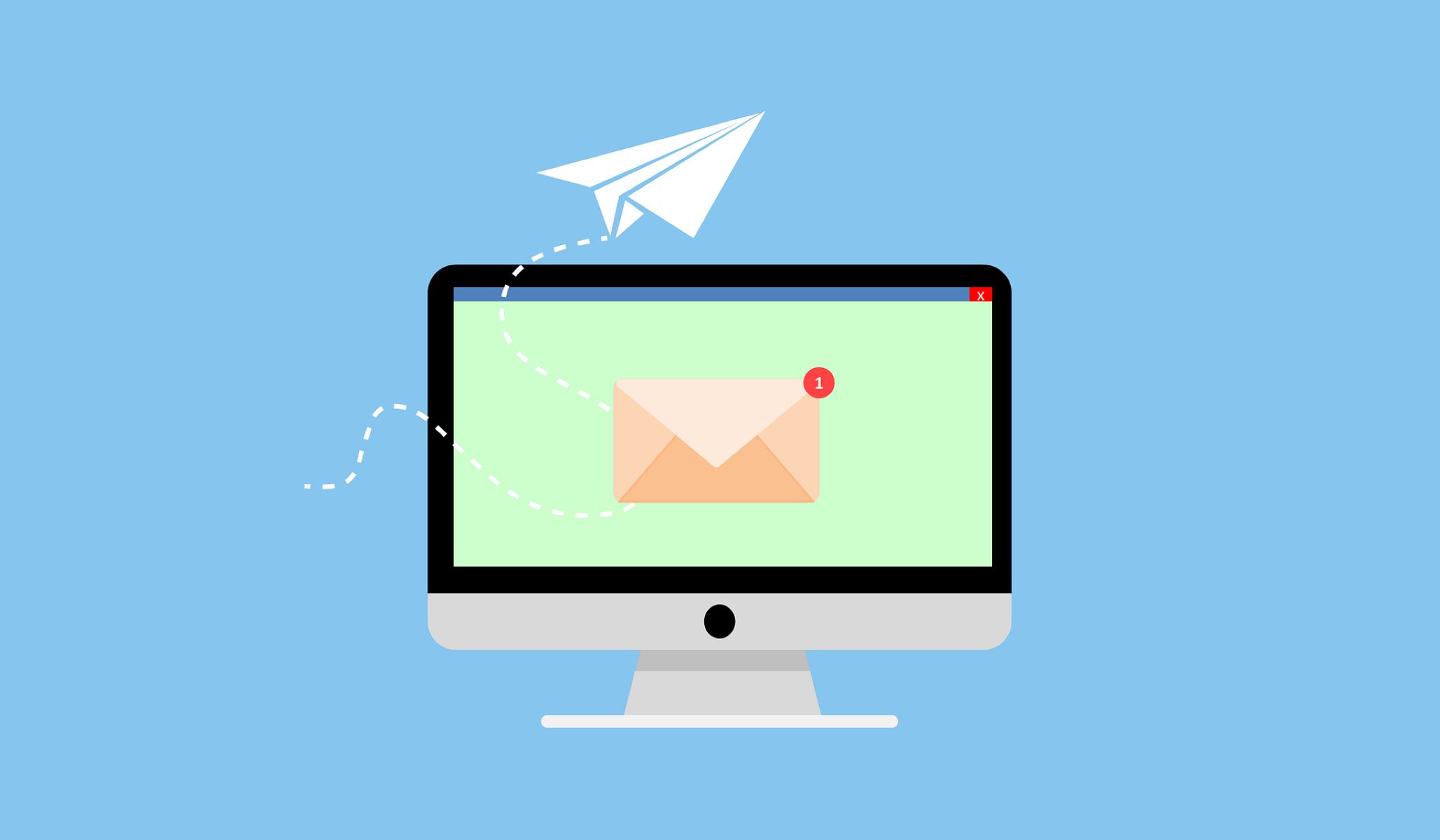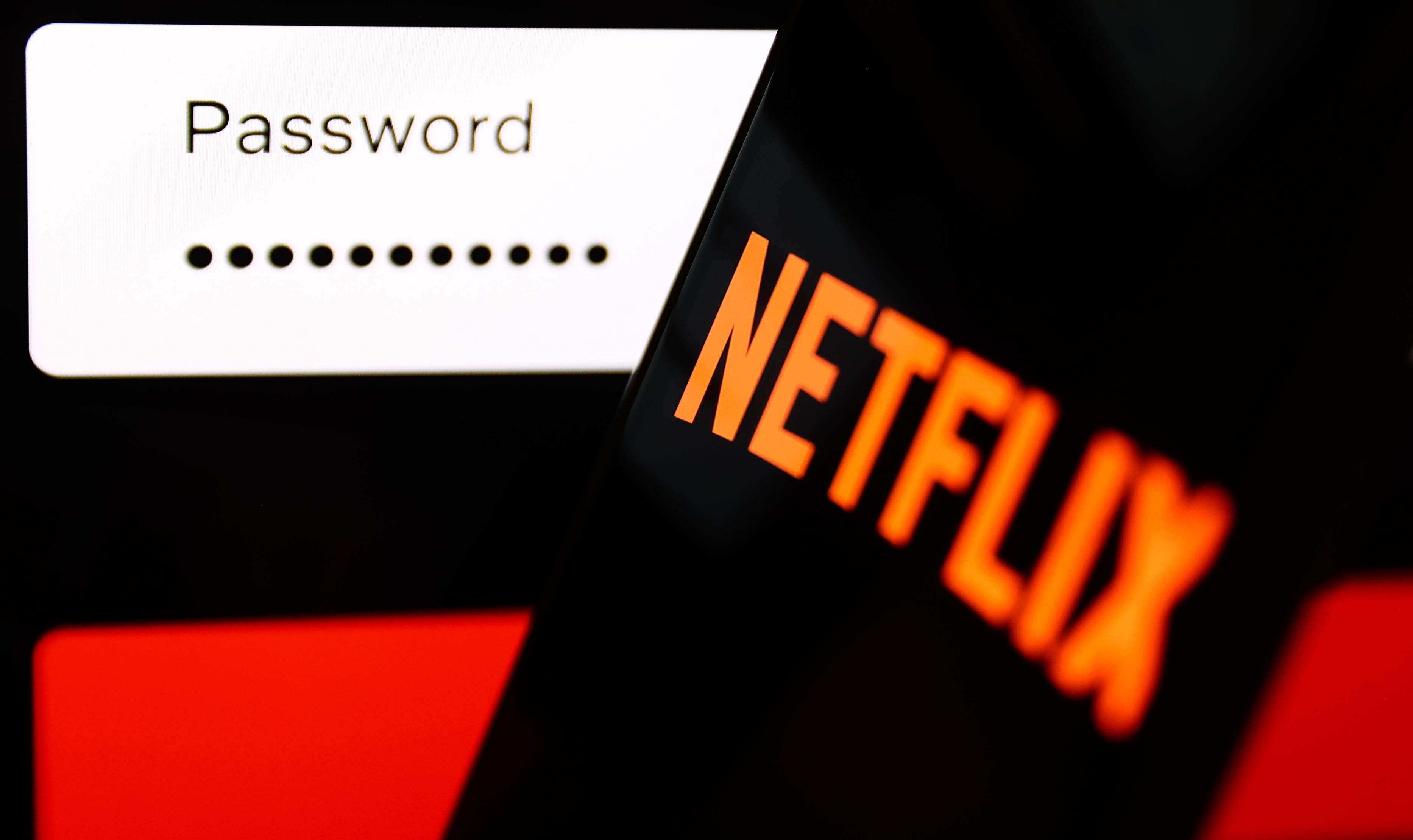Introduction
Welcome to our guide on how to retrieve email. In today’s digital world, email is the cornerstone of communication for individuals and businesses alike. Whether it’s for work, personal matters, or staying connected with friends and family, the ability to access and retrieve your email is crucial.
However, email retrieval can sometimes be a confusing and intimidating process, especially for those who are new to email clients and protocols. With various settings, protocols, and configurations to consider, it’s essential to have a clear understanding of the different options available and how to set them up.
In this article, we’ll explore the fundamentals of email retrieval and provide step-by-step instructions for setting up your email client. We’ll delve into the two main protocols used for email retrieval – POP (Post Office Protocol) and IMAP (Internet Message Access Protocol) – and explain the differences between them. Additionally, we’ll address some common troubleshooting issues that you may encounter along the way.
Whether you’re using a desktop email client like Microsoft Outlook or Mozilla Thunderbird, or accessing your email through a web-based application, understanding email retrieval and configuring your settings properly is essential for a seamless and efficient email experience.
By the end of this guide, you’ll have the knowledge and confidence to retrieve your email hassle-free, ensuring that you can stay connected, organized, and productive in your personal and professional endeavors.
Understanding Email Retrieval
Before delving into the details of email retrieval, it’s crucial to have a clear understanding of how it works. Email retrieval refers to the process of accessing and downloading your email messages from the mail server to your email client or device. It allows you to view, manage, and respond to your emails even when you’re offline.
When you set up an email account, it is created on a mail server, which stores your incoming messages, outgoing messages, and other email-related data. The mail server acts as a central hub for all your email activities.
Email retrieval relies on two main protocols – POP (Post Office Protocol) and IMAP (Internet Message Access Protocol). These protocols determine how your email client communicates with the mail server and how your emails are synchronized.
POP, or Post Office Protocol, is the more traditional protocol for email retrieval. When you configure your email client to use POP, it connects to the mail server, downloads new email messages to your device, and removes them from the server. This means that once the emails are downloaded, they reside solely on your device unless you specifically configure the email client to leave a copy of the messages on the server.
IMAP, or Internet Message Access Protocol, is a more modern protocol that offers more advanced functionality. When you use IMAP, your email client stays connected to the mail server, and any actions you perform on one device (such as marking a message as read or deleting it) will be reflected on all devices connected to the same email account.
One key advantage of using IMAP is that it allows you to access and manage your emails from multiple devices seamlessly. For example, if you read an email on your smartphone, it will also appear as read on your computer and tablet. IMAP also keeps your emails stored on the server, so you don’t have to worry about losing them if your device gets lost or damaged.
Now that you have a basic understanding of email retrieval and the main protocols involved, let’s move on to the next section where we’ll explore how to set up your email client for POP and IMAP retrieval.
The Two Main Protocols: POP and IMAP
When it comes to email retrieval, the two main protocols used are POP (Post Office Protocol) and IMAP (Internet Message Access Protocol). These protocols determine how your email client interacts with the mail server and how your emails are synchronized between different devices.
POP, or Post Office Protocol, is the older and more traditional protocol. When you set up your email client to use POP, it connects to the mail server and downloads new email messages to your local device. The messages are then removed from the server, unless you specifically configure your email client to leave copies on the server.
While POP offers a simple approach to email retrieval, it has some limitations. Since the emails are downloaded to your device, you can only access them from that specific device. If you want to view your emails on another device, you would need to set up your email client on that device as well and download the emails again. Additionally, if you delete or move emails on one device, those changes will not be reflected on other devices.
On the other hand, IMAP, or Internet Message Access Protocol, is a more advanced protocol that offers greater flexibility and synchronization capabilities. With IMAP, your email client stays connected to the mail server, and any actions you perform, such as reading, deleting, or moving emails, are synced across all devices connected to the same email account.
IMAP keeps your emails stored on the server, allowing you to access and manage your emails from different devices seamlessly. For example, if you read an email on your smartphone, it will appear as read on your computer and tablet as well.
Another advantage of IMAP is that it reduces the risk of data loss. Since your emails are stored on the mail server, even if your device gets lost or damaged, your emails are still safely stored on the server and can be accessed from other devices.
It’s important to note that while IMAP offers more advanced features and synchronization capabilities, it may require a more stable internet connection and may use more storage space on the server, especially if you have a large number of emails and attachments.
When setting up your email client, you’ll need to choose the protocol that best suits your needs. For simple, single-device access, POP may be sufficient. However, if you want multi-device synchronization and greater flexibility, IMAP is the recommended option.
In the next section, we’ll provide step-by-step instructions on how to configure your email client for both POP and IMAP retrieval.
Setting Up Your Email Client
Now that you have a clear understanding of the two main protocols for email retrieval, POP and IMAP, it’s time to set up your email client. The exact steps can vary depending on the email client you’re using, but the overall process remains similar. Here’s a general guide on how to configure your email client for both POP and IMAP retrieval:
Step 1: Launch your email client
Open your email client application on your computer or device. This could be Microsoft Outlook, Mozilla Thunderbird, Apple Mail, or any other email program of your choice.
Step 2: Choose the option to add a new email account
In your email client, look for the option to add a new email account. This is usually located in the settings or preferences menu. Click on it to begin the setup process.
Step 3: Enter your email account details
Next, you’ll need to provide your email account details. This usually includes your name, email address, and password. Make sure to double-check the information for accuracy.
Step 4: Choose the protocol (POP or IMAP)
During the setup process, you’ll be prompted to choose the protocol for email retrieval. If you prefer to use POP, select that option. If you want to use IMAP for synchronization across multiple devices, choose IMAP.
Step 5: Enter the server settings
Based on the protocol you selected, you’ll need to enter the server settings. These settings include the incoming mail server (POP or IMAP server) and the outgoing mail server (SMTP server). You can usually find this information from your email provider’s website or by contacting their support team.
Step 6: Test the connection
Once you’ve entered all the necessary settings, most email clients offer an option to test the connection. This will verify that the settings are correct and that your email client can successfully connect to the mail server.
Step 7: Complete the setup process
After successfully testing the connection, you can proceed to finish the setup process. Your email client will save the settings and begin retrieving your emails based on your selected protocol.
It’s important to note that some email clients may have additional settings or configuration options specific to their software. It’s recommended to consult the email client’s documentation or support resources for any specific instructions.
Now that you’ve set up your email client for either POP or IMAP retrieval, you’re ready to start retrieving and managing your emails. In the next section, we’ll provide detailed instructions for configuring POP and IMAP settings.
Configuring POP for Email Retrieval
If you’ve chosen to configure your email client to use the POP (Post Office Protocol) for email retrieval, follow these step-by-step instructions to set up POP settings:
Step 1: Open your email client’s settings
Launch your email client and navigate to the settings or preferences menu. Look for the option to manage your email accounts.
Step 2: Add a new email account
In the email account management section, locate the option to add a new email account. Click on it to begin the setup process.
Step 3: Enter your account details
Provide your name, email address, and password in the appropriate fields. Double-check the information for accuracy.
Step 4: Select POP as the protocol
When prompted to choose the protocol, select POP (Post Office Protocol) from the list of options.
Step 5: Configure the server settings
Enter the server settings for incoming and outgoing mail. The incoming mail server should be set to the POP server provided by your email provider. The outgoing mail server should be set to the SMTP (Simple Mail Transfer Protocol) server.
Step 6: Configure additional settings (optional)
Depending on your email client, there may be additional settings you can configure. These include options to leave copies of emails on the server, specify the number of days before deleting them from the server, or enable SSL/TLS encryption for enhanced security.
Step 7: Test the connection
Once you’ve entered all the required settings, test the connection to ensure that your email client can successfully connect to the POP server. This will verify that the settings are correct.
Step 8: Complete the setup process
If the connection test is successful, save the settings and complete the setup process. Your email client will now retrieve your emails using the POP protocol.
Remember that with POP, your emails are downloaded to your device, and by default, they are removed from the server after retrieval. However, most email clients have an option to leave a copy of the emails on the server if desired.
With the POP settings properly configured, you can now access and manage your emails using your email client. In the next section, we’ll cover the configuration steps for IMAP retrieval.
Configuring IMAP for Email Retrieval
If you’ve chosen to configure your email client to use the IMAP (Internet Message Access Protocol) for email retrieval, follow these step-by-step instructions to set up IMAP settings:
Step 1: Open your email client’s settings
Launch your email client and navigate to the settings or preferences menu. Look for the option to manage your email accounts.
Step 2: Add a new email account
In the email account management section, locate the option to add a new email account. Click on it to begin the setup process.
Step 3: Enter your account details
Provide your name, email address, and password in the appropriate fields. Double-check the information for accuracy.
Step 4: Select IMAP as the protocol
When prompted to choose the protocol, select IMAP (Internet Message Access Protocol) from the list of options.
Step 5: Configure the server settings
Enter the server settings for incoming and outgoing mail. The incoming mail server should be set to the IMAP server provided by your email provider. The outgoing mail server should be set to the SMTP (Simple Mail Transfer Protocol) server.
Step 6: Configure additional settings (optional)
Depending on your email client, there may be additional settings you can configure. These include options for SSL/TLS encryption, folder mapping, and synchronization frequency.
Step 7: Test the connection
Once you’ve entered all the required settings, test the connection to ensure that your email client can successfully connect to the IMAP server. This will verify that the settings are correct.
Step 8: Complete the setup process
If the connection test is successful, save the settings and complete the setup process. Your email client will now retrieve your emails using the IMAP protocol.
With IMAP configured, your emails will remain stored on the server, allowing you to access them from multiple devices. Any actions you perform on one device, such as reading, deleting, or moving emails, will be synchronized across all devices connected to the same email account.
It’s important to note that with IMAP, managing your mailbox and keeping it organized is essential. Regularly clean up your email folders, delete unnecessary emails, and create folders to categorize your messages, ensuring optimal performance and organization.
With the IMAP settings properly configured, you can now enjoy the benefits of seamless email synchronization across your devices. In the next section, we’ll provide some troubleshooting tips for common email retrieval issues.
Troubleshooting Common Issues
While setting up and configuring your email client for retrieval, you may encounter some common issues. Here are a few troubleshooting tips to help you resolve them:
1. Incorrect username or password
Double-check that you’ve entered your email address and password correctly. Typos or misspellings can prevent your email client from connecting to the server. Make sure CAPS LOCK is not enabled and that you’re using the correct case for your password.
2. Incorrect server settings
Verify that you’ve entered the correct server settings for your incoming and outgoing mail servers. Check with your email provider or refer to their documentation for the accurate server information.
3. Connection issues
If you’re unable to connect to the server, ensure that you have a stable internet connection. Try accessing other websites or services to confirm connectivity. If you’re using a firewall or antivirus software, check if it’s blocking the email client’s access to the internet.
4. SSL/TLS encryption
If you’re having trouble connecting to the server, ensure that you’ve correctly configured SSL/TLS encryption settings. Some email providers require encryption for secure communication. Make sure the encryption settings match the requirements of your email provider.
5. Port settings
Check that you’ve entered the correct port numbers for the incoming and outgoing servers. Standard port numbers for POP are 995 (SSL) or 110 (non-SSL), and for IMAP they are 993 (SSL) or 143 (non-SSL). However, some email providers may use different port numbers, so verify the correct ones with your provider or consult their documentation.
6. Account syncing
If you’ve set up your email client for IMAP retrieval and are experiencing syncing issues across devices, ensure that all devices are connected to the internet. Additionally, check that each device is using the same email account settings and that syncing is enabled in your email client’s settings.
7. Storage space
If you’re using IMAP, make sure you have sufficient storage space on the server to avoid syncing issues. If your mailbox is nearing its storage limit, consider archiving or deleting old and unnecessary emails to free up space. Alternatively, contact your email provider to inquire about increasing your storage capacity.
8. Software updates
Ensure that your email client software is up to date. Updates often include bug fixes and improvements that can help resolve various issues. Check for updates in your email client’s settings or preferences menu, and install any available updates.
If you’re still experiencing issues after troubleshooting, it may be helpful to consult your email provider’s support resources or contact their customer support for further assistance. They can offer personalized guidance based on their specific email system.
By following these troubleshooting tips, you’ll be able to overcome common email retrieval issues and ensure a smooth and efficient email experience.
Conclusion
Retrieving your email is a vital aspect of staying connected and organized in today’s digital world. Understanding the protocols, POP and IMAP, and configuring your email client accordingly can help you streamline your email management process.
With POP, you have the advantage of offline access to your emails, but they are downloaded to your device and removed from the server by default. On the other hand, IMAP offers multi-device synchronization and keeps your emails stored on the server, allowing you to access and manage them from various devices seamlessly.
Setting up your email client involves entering the necessary account details, configuring the server settings, and testing the connection. Remember to double-check your username, password, and server settings to ensure a successful setup.
If you encounter issues during the setup process, troubleshooting steps such as checking your credentials, verifying server settings, ensuring a stable internet connection, and configuring encryption and port settings can help you overcome common hurdles.
By following the guidelines discussed in this guide, you can effectively retrieve your email messages and stay organized in your personal and professional communications.
Remember to regularly clean up your mailbox, organize your folders, and stay on top of updates and storage space to maintain a smooth and efficient email experience.
We hope this guide has provided you with valuable insights into email retrieval and has enabled you to set up your email client successfully. Now, you can stay connected, manage your emails efficiently, and enhance your productivity in this digital age.







